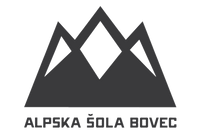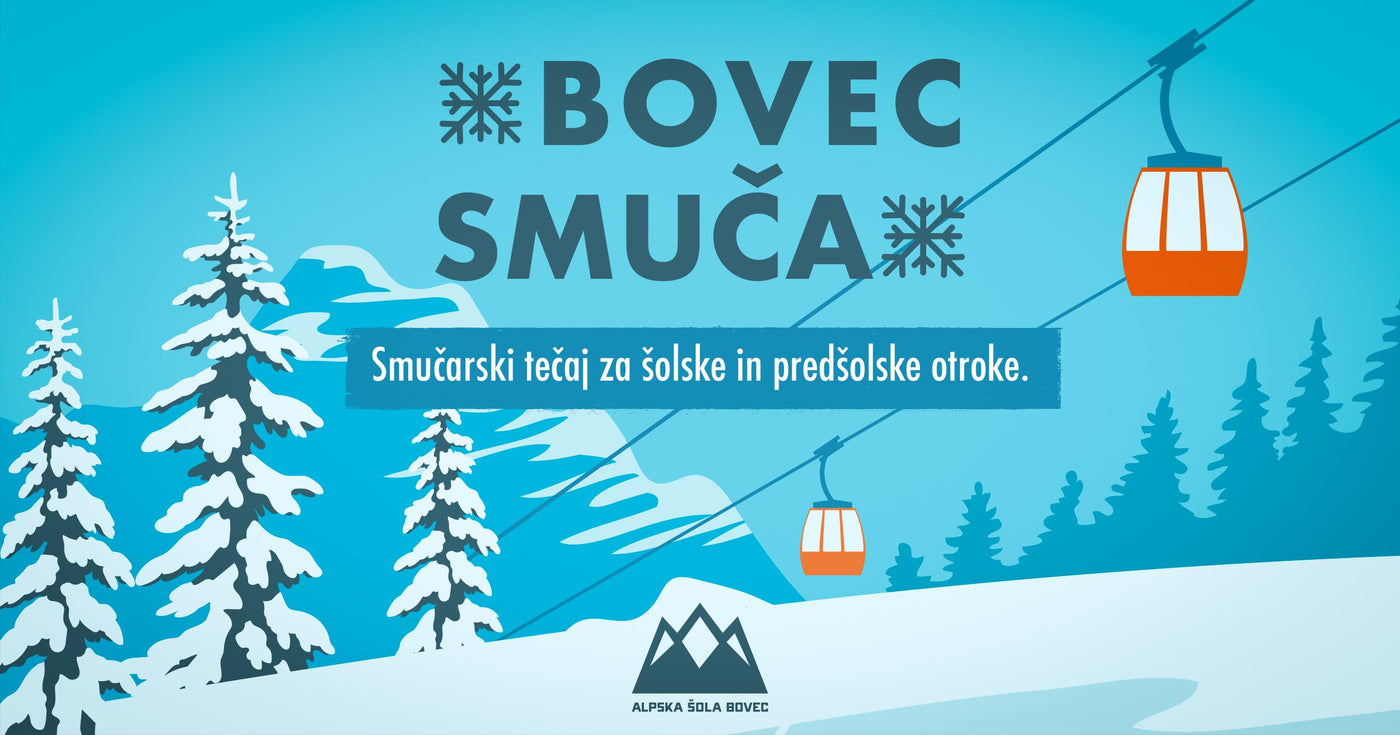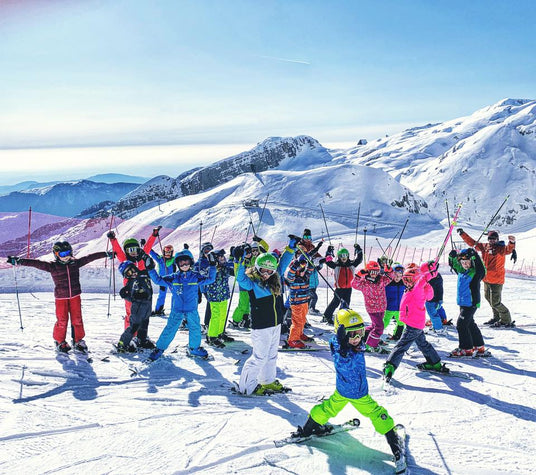
Skupinski smučarski tečaj “Bovec smuča”
- Otroci (začetniki in nadaljevalci)
- Skupine 4–6 otrok, razporejeni glede na znanje
- Trajanje tečaja: 2 uri
- Termini: 9:00–11:00, 11:00–13:00, 13:00–15:00
- Lokacija: Smučišče Sella Nevea
- Prijazno vzdušje, napredek v skupini
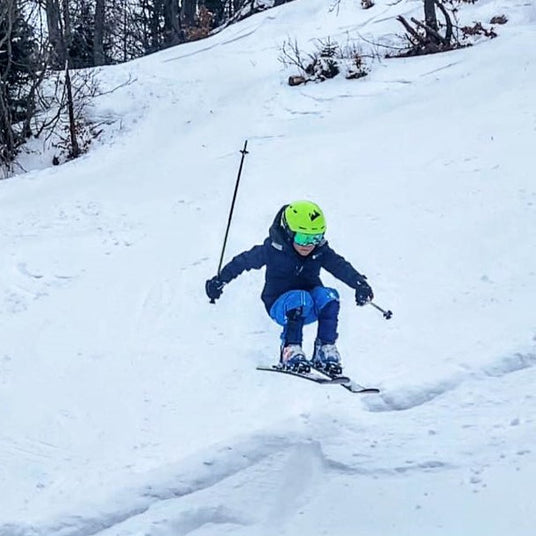
Individualne ure smučanja
- Otroke in odrasle, začetnike ali izkušene smučarje
- Individualno učenje smučanja (1 na 1 z učiteljem)
- Po želji možno več oseb v skupini (po dogovoru)
- Termini po vaši izbiri med 9:00 in 16:00
- Hitrejši napredek zaradi osebnega pristopa
- Lokacija: Smučišče Sella Nevea
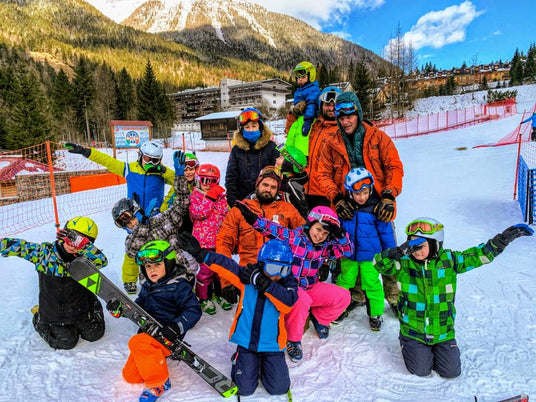
CENIK
- Individualna ura smučanja: 55 €/ura
- Skupinski tečaj (2 uri): 40€/dan
- Prevoz iz Bovca v Sello Neveo in nazaj: 5€/dan
